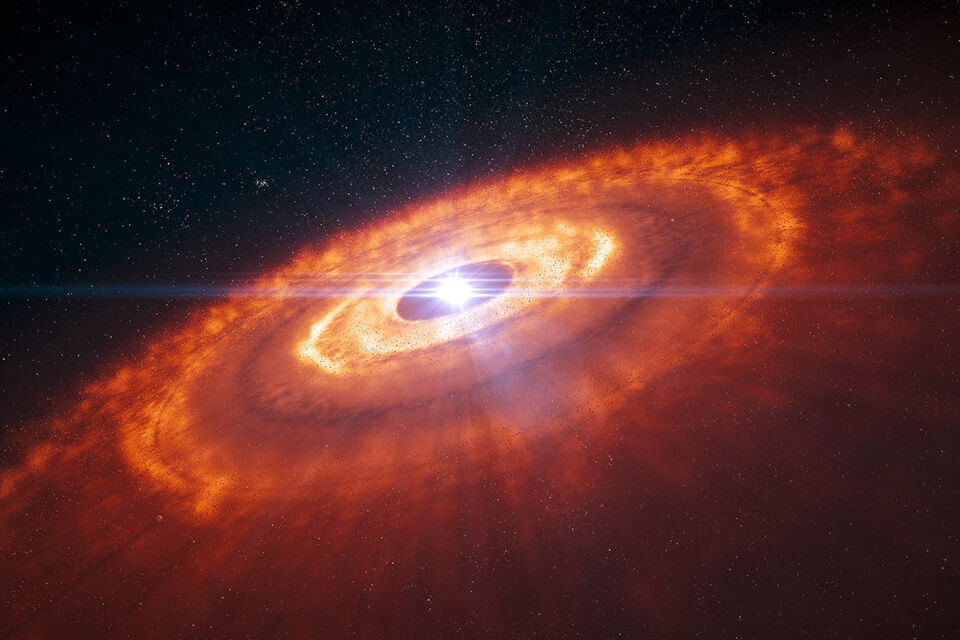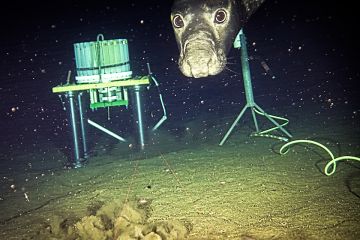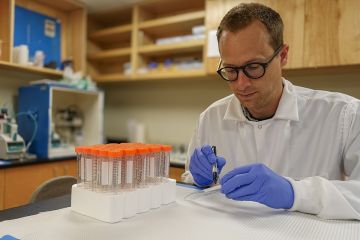New research unlocks origin of planets
- University of Victoria

The origin of planets hides in the dust and gas surrounding a newborn star. These so-called protoplanetary disks are hailed as signposts of planet formation. However, a direct link between exoplanets and disks was hard to identify—until now.
In a new paper published in The Astronomical Journal, University of Victoria Banting fellow Nienke van der Marel finds a link between protoplanetary disk structures and exoplanet demographics. She and co-author Gijs Mulders studied more than 500 young stars observed with the Atacama Large Millimeter/Submillimeter Array (ALMA). They found that higher mass stars are more likely surrounded by disks with gaps and that these gapped disks directly correlate to the high occurrence of observed giant exoplanets around such stars.
The new discovery debunks the long-standing assumption that all protoplanetary disks have gaps. This assumption divided the scientific community on gap causation, as some argued there were not enough planets to cause all disk gaps. Images of disks had been skewed to the most massive and brightest objects, giving a false impression of how common these gapped disks are.
“We have stars with all kinds of masses in the universe. The low mass stars are more common, but the high mass stars are easiest to capture on camera,” explains van der Marel, “So the detection of gaps in the protoplanetary disks around high mass stars created a false impression: that all disks had gaps. Actually, we found that disks of low mass stars were pretty compact. It’s a bit of a numbers game.”

When van der Marel uncovered this detection bias for higher mass stars, she reached out to Mulders, assistant professor of astronomy at Universidad Adolfo Ibáñez in Santiago, Chile to see how this would compare to the statistics of exoplanets, planets around full-grown stars outside our solar system.
“Gijs had just given a seminar in Victoria on correcting detection biases in exoplanet studies a few months before I started looking into disk statistics,” says van der Marel, “When I discovered the relation between gapped disks and stellar mass, I remembered his talk and e-mailed him. We could not believe how well the numbers matched when we ran the calculation! This was a perfect example of how a random encounter led to a successful collaboration between different fields of research.”
van der Marel joins Leiden University in the Netherlands September 2021 as an assistant professor, where she is excited to continue international collaborations with researchers including her colleagues at UVic.
Read the media release from National Radio Astronomy Observatory
Photos
In this story
Keywords: research, partnerships, astronomy, physics, planets, stars, administrative
People: Nienke van der Marel





